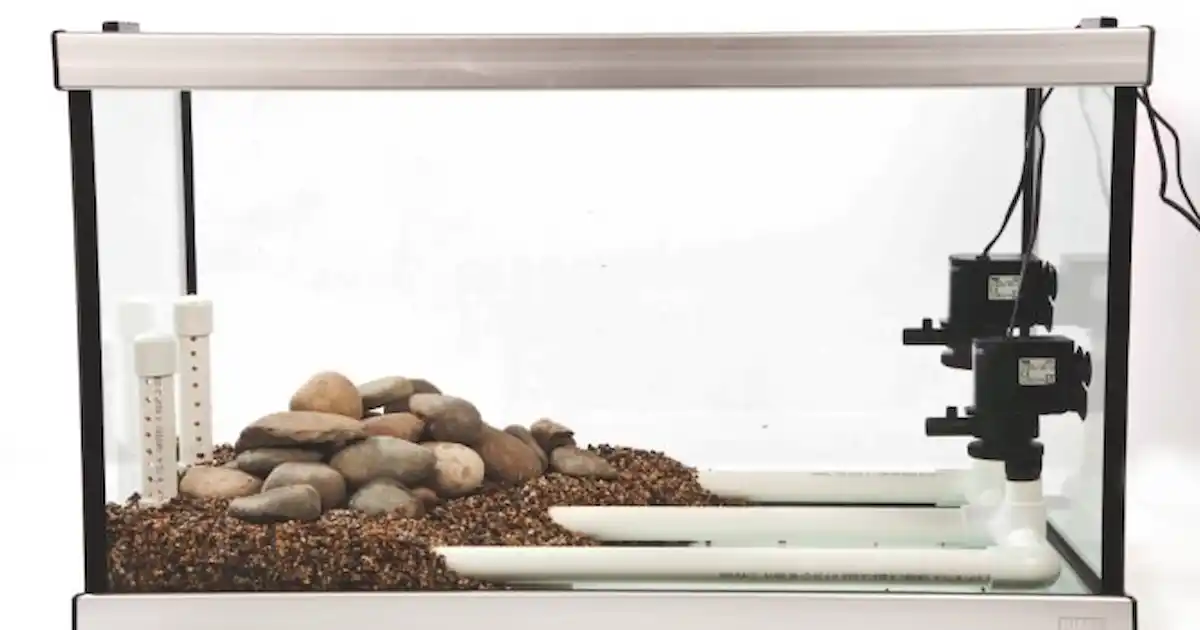Late to this. My dream setup is a long stream-like tank, relatively wide and shallow. I came across the thread just the other day. I've been playing around with the idea of using a water blade to deliver flow into the tank, which from reading this thread, would be my alternative to a spray bar set up with large holes.
Part of my thinking comes from having had a large garden pond (before vandals made it non-viable, sadly) with the traditional top pond and a waterfall.
Instinctively the blade seems to me more natural in appearance than a spray bar, and a more uniform width of flow (the width of the stream, in effect) likely to give more of the effect of a large volume of water moving steadily down the length of the tank.
A weir as the outflow from the tank would be the natural other end of the stream. And I guess, in effect, the blade is not so different, in terms of flow 'shape', from a weir, but potentially simpler to manage if it simply connects to the pipework from the filter or pump. Blades come with either a rear or base input to the box.
Apparently a blade needs c. 1000 lph per ten cm width of blade to get a decent flow, so a blade say 20 or 30 cm wide on a tank of, say, 300 litres, doesn't sound so unreasonable. Lots of issues with the 'plunge pool' effect on substrate etc. but my notion was to have the lip of the blade only, say, 10cm above the water surface. Noise migh be an issue for some people, although possibly not much more than a large HOB. And I like the noise anyway. (the waterfall helped mask noise from a nearby road, and I find it relaxing).
Has anyone seen this tried? I'm guessing there must be tanks with a weir as input at one end and another as output at the other end; they would be interesting to look at while mulling all this over.





